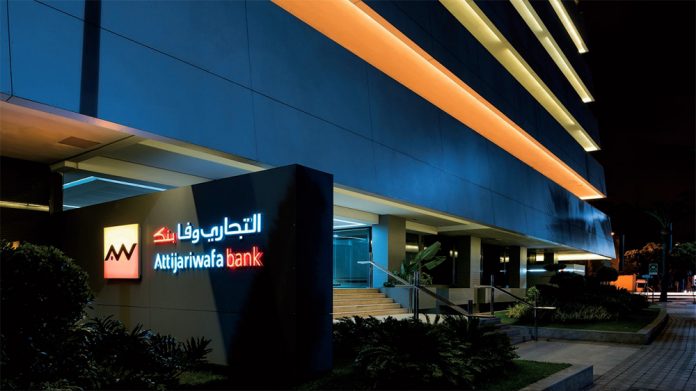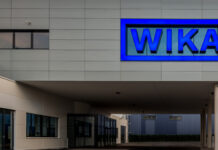Attijariwafa Bank continues to cement its status as a powerhouse in Morocco’s banking sector, fueled by strong fundamentals and a consistent investment drive. According to a recent report from BMCE Capital Global Research, the bank posted solid financial results in the first half of the year, with net banking income rising 4% to reach 17.7 billion dirhams. This growth was primarily driven by higher net interest margins and increased fee income, which offset a slight dip in market-related revenues.
Lending activity remained steady, with outstanding loans up 0.9% since the end of 2024, totaling 417.4 billion dirhams. This was bolstered by a net increase of 22 billion dirhams in domestic lending. Analysts project a stronger uptick in the coming months, forecasting an 8% rise in loans by the end of 2025. Much of this is linked to Morocco’s preparations for hosting the 2030 World Cup and ongoing large-scale infrastructure projects across Africa. Meanwhile, customer deposits grew by 1.3% in the first half and are expected to rise 9% over the full year, reinforcing the bank’s position as Morocco’s top savings collector.
Cost control remains a key strength for Attijariwafa Bank. Its cost-to-income ratio improved slightly to 35.3%, paving the way for a 4.2% increase in gross operating profit. That figure is projected to hit 23.3 billion dirhams in 2025, driven in part by the bank’s growing digital footprint. Risk management also showed marked improvement, with the cost of risk falling by 36.8%, thanks to a healthier loan portfolio. By 2025, the bank expects its risk ratio to decline further to just 0.78%.
Profitability is on a clear upward trajectory. Group net income surged nearly 20% in the first half, reaching 5.9 billion dirhams. Full-year profit is expected to climb to 10.8 billion, a 13.3% increase. That momentum should continue into 2026, with projected earnings exceeding 11.4 billion dirhams.
On the stock market, Attijariwafa Bank has seen its share price soar more than 45% over the past year, outperforming both banking sector indices and the broader market. While the stock’s dividend yield has dipped slightly to 3%—a natural result of the rising share price—its valuation remains attractive. The bank is trading at an estimated price-to-earnings ratio of 15.4x for 2025, well below the market average.
Looking further ahead, the bank anticipates average annual loan growth of 6.6% and deposit growth of 7.2% through 2029. Its pivotal role in financing households, businesses, and government initiatives—especially those tied to World Cup infrastructure—positions it at the heart of Morocco’s economic transformation.
Internationally, Attijariwafa Bank is steadily consolidating its presence across 26 countries. While some markets like Egypt and Tunisia pose challenges, geographic diversification remains a strategic advantage. In Egypt, the bank has managed to double its profit contribution year-over-year, though the macroeconomic climate remains volatile. In Tunisia, ongoing political tensions continue to weigh on future prospects.
The group’s financial strength has also been reinforced, with consolidated equity up 12% to 74.8 billion dirhams. Its capital adequacy ratios comfortably exceed regulatory requirements, bolstered by a recent subordinated bond issuance.
A new strategic plan is expected to launch in 2026, alongside a partial shake-up in leadership. One notable change includes Rachid Kettani taking over as Head of Retail Banking, succeeding Hassan Bertal.
On the sustainability front, Attijariwafa Bank is stepping up its efforts. From cutting CO2 emissions and promoting diversity, to expanding financial inclusion through Wafacash and supporting entrepreneurs via the Dar Al Moukawil initiative, the bank is integrating environmental and social responsibility into its broader business strategy.





